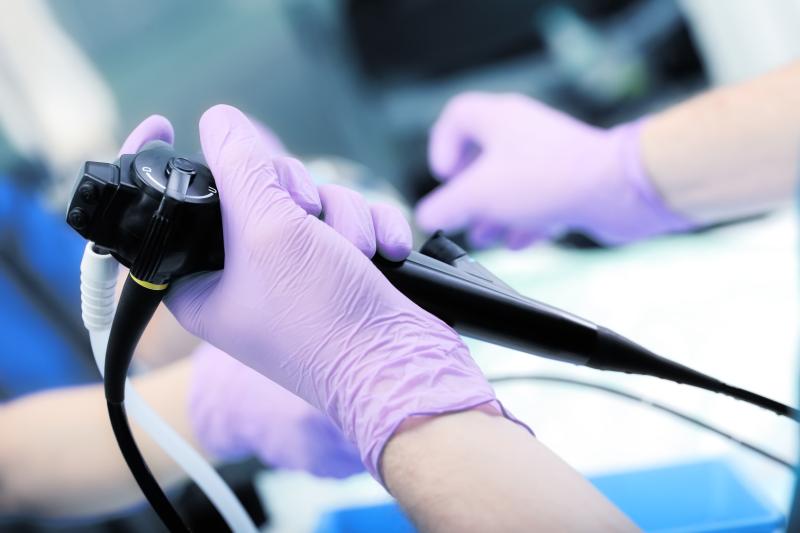
The risk of gastric cancer in patients cured of Helicobacter pylori appears to be greater in the second decade of follow-up than in the prior 10-year period, with the risk being specific to diffuse-type of disease among those with mild-to-moderate gastric atrophy, a study has reported.
The analysis included 2,737 patients who had yearly endoscopic follow-up after cure of H. pylori infection. Follow up lasted for up to 21.4 years (mean, 7.1 years). Urea breath tests were positive in 24 patients, suggesting possible reinfection with H. pylori, at a mean follow-up of 7.3 years.
Gastric cancer occurred in 68 patients during follow-up. Most tumours were endoscopically superficial type (81 percent) and in the early TNM stage (88 percent). Histologically, 43 of the cancers were intestinal type and 25 were diffuse type.
On Kaplan–Meier analysis, the risk for all gastric cancer after H. pylori eradication was 0.35 percent per year. The longest interval between H. pylori cure and cancer incidence was 18.3 years.
The standardized incidence ratio (SIR) for diffuse-type gastric cancer was infinity (0 expected case and 4 observed cases) in the group of patients with mild gastric mucosal atrophy and 10.9 (95 percent confidence interval, 4.53–26.1) in the group of those with moderate atrophy. There was no marked increase in SIRs in either intestinal-type cancer, regardless of the grade of baseline gastric atrophy or in diffuse-type cancer in patients with severe atrophy.
The present data suggest that surveillance for gastric cancer should be continued beyond 10 years after eradication of the H. pylori infection, according to researchers.